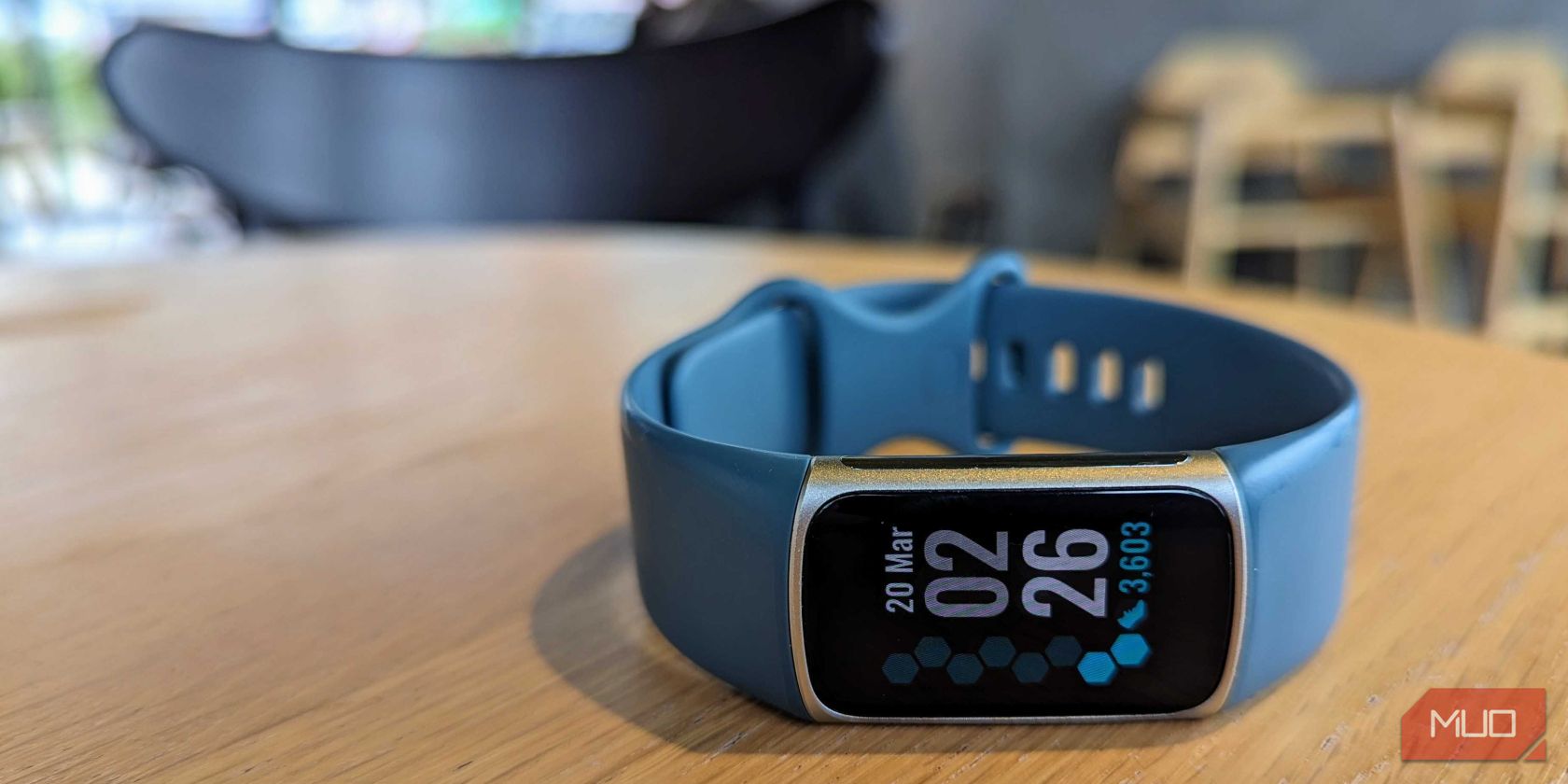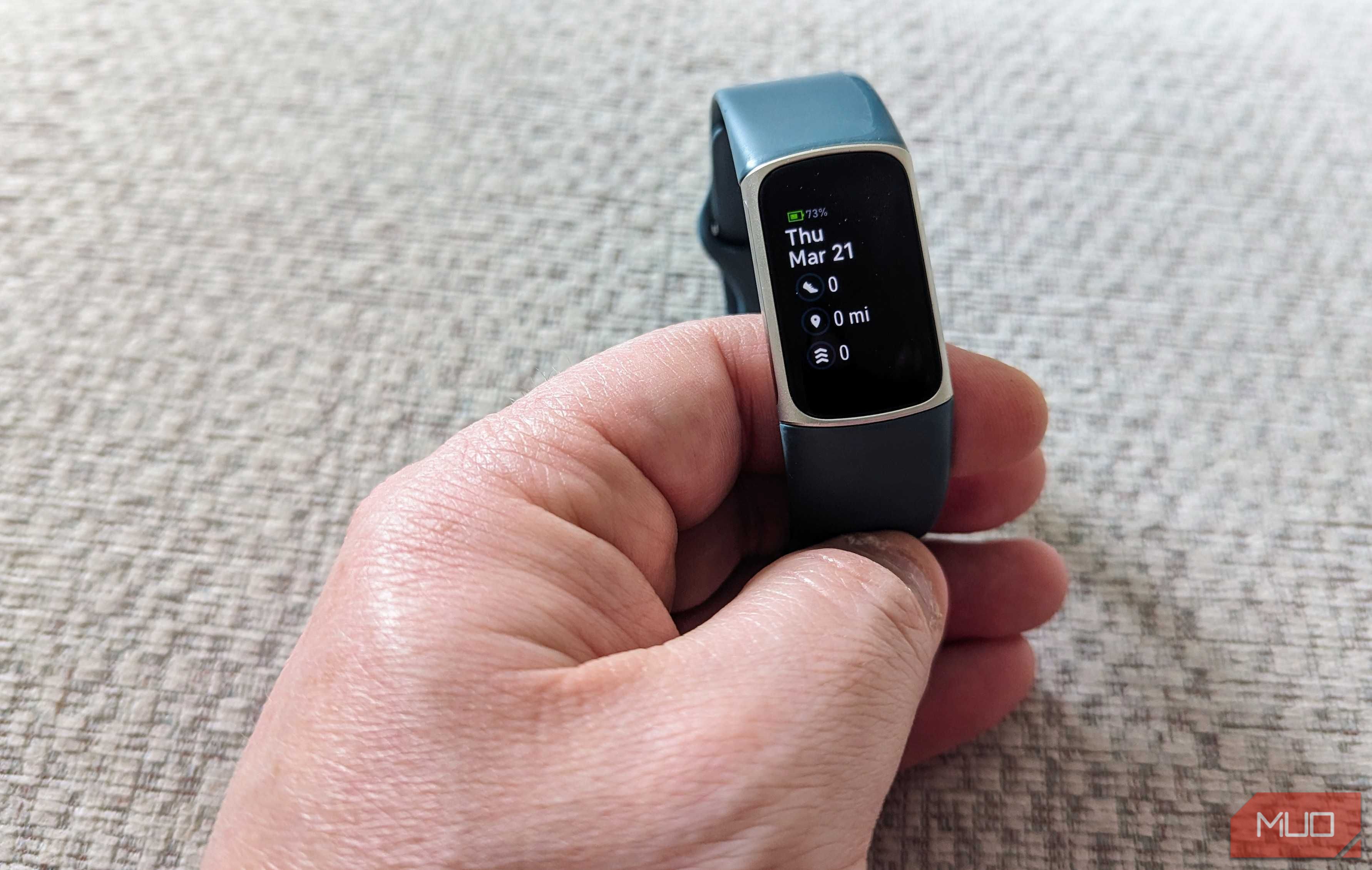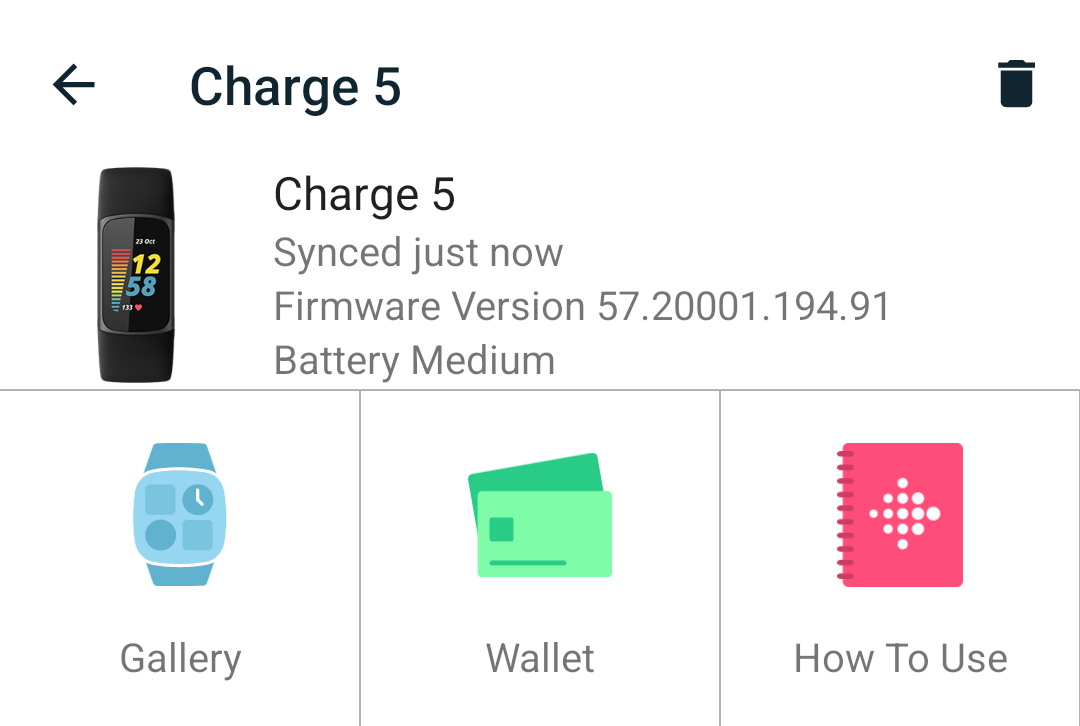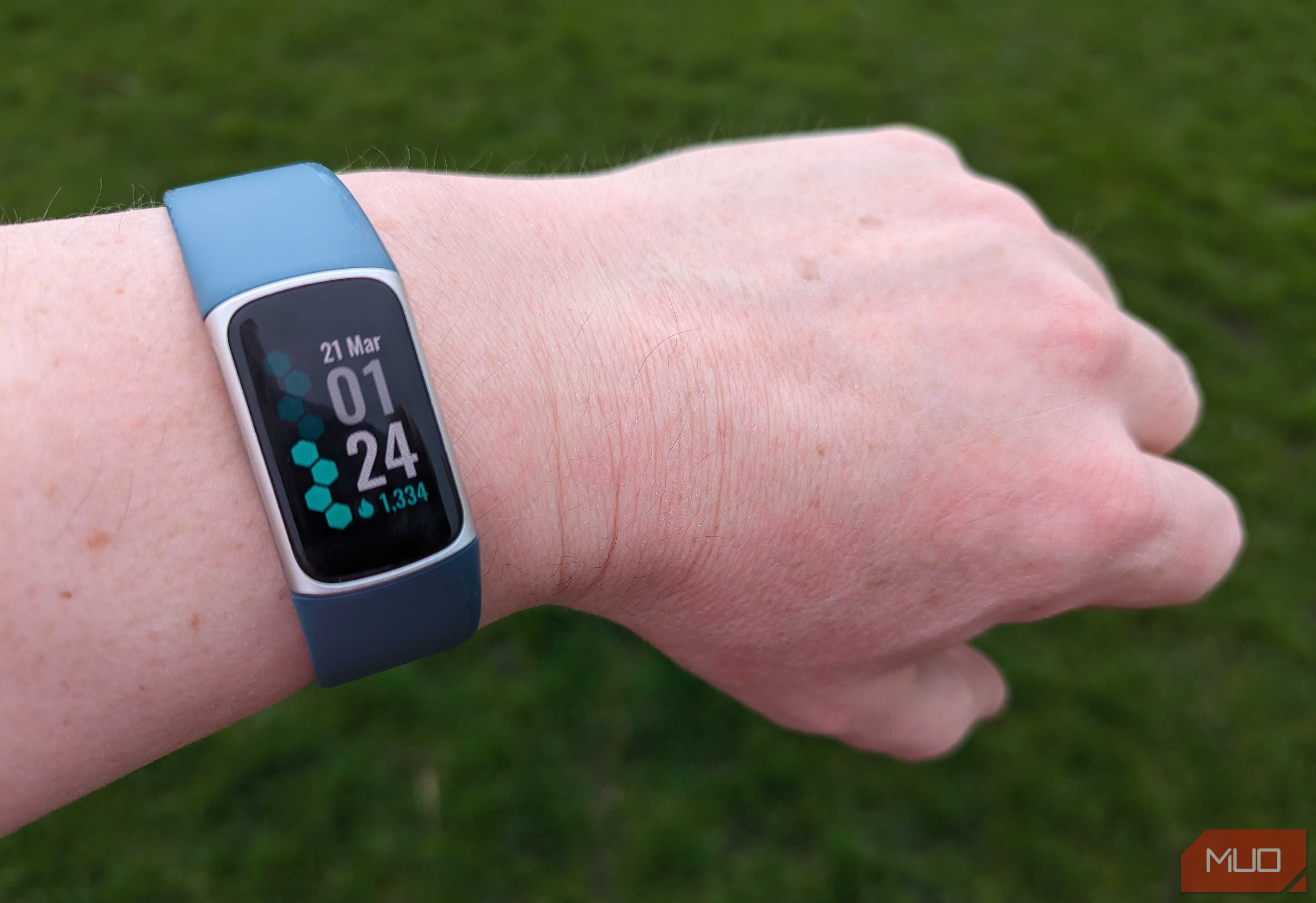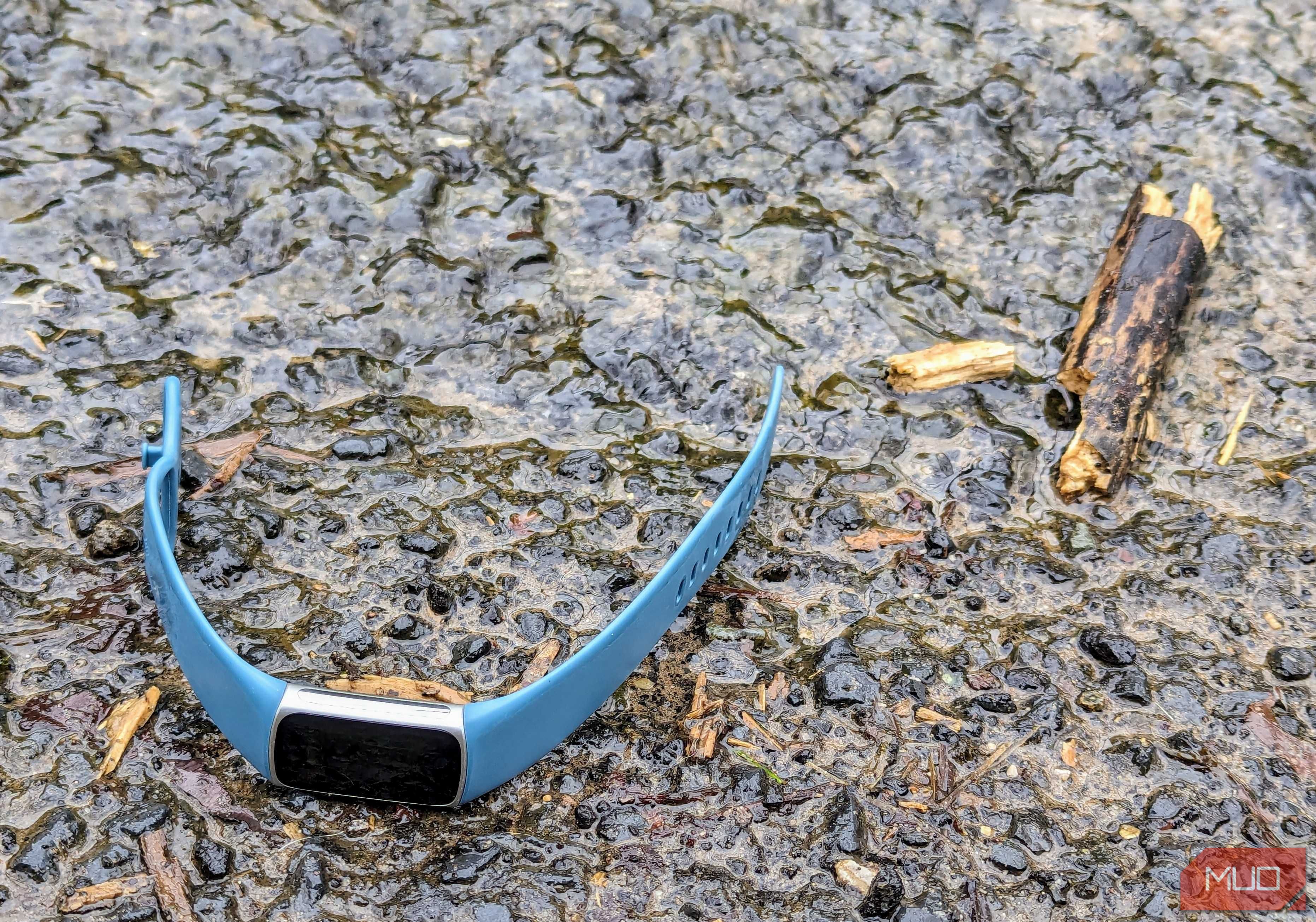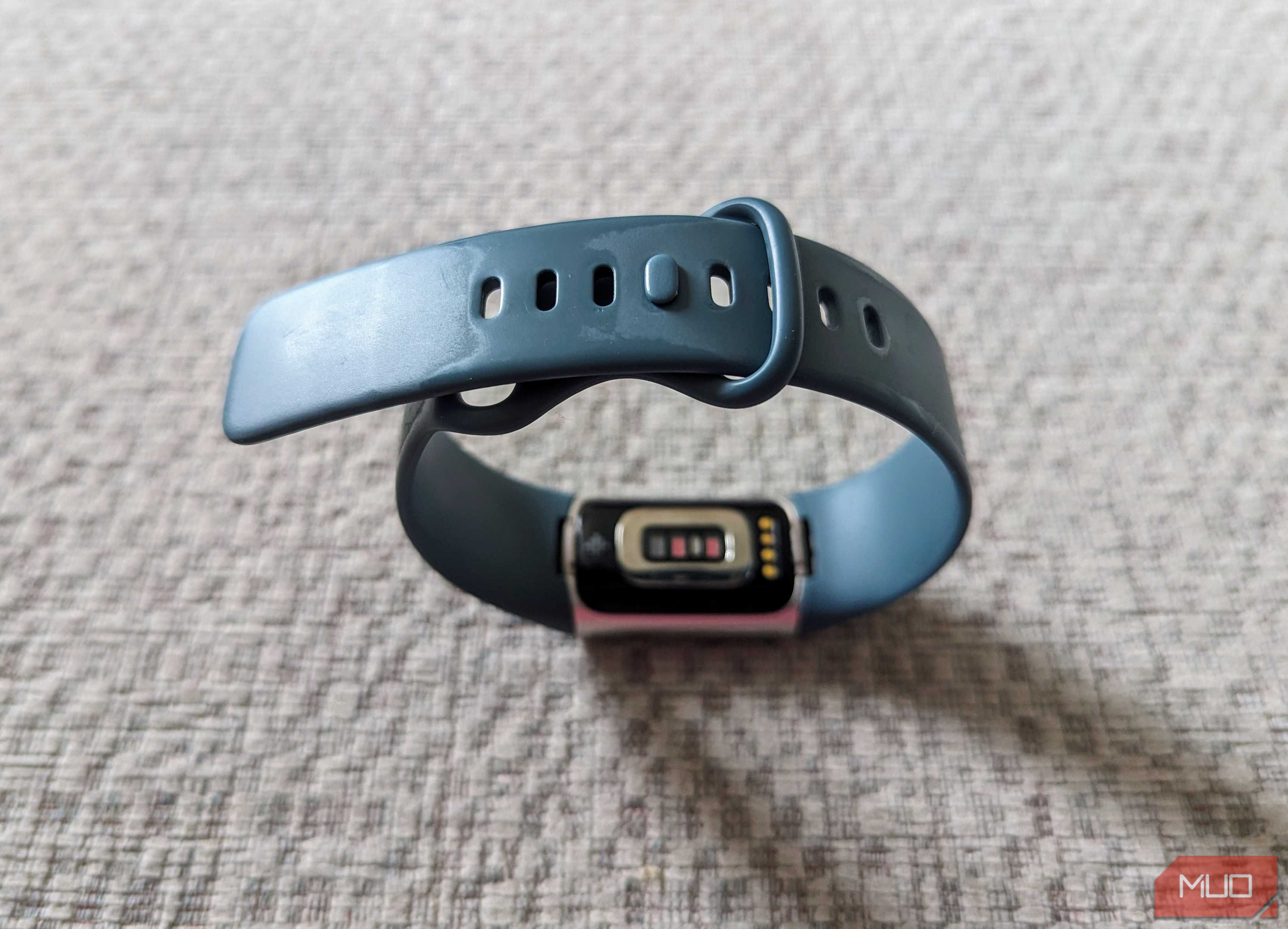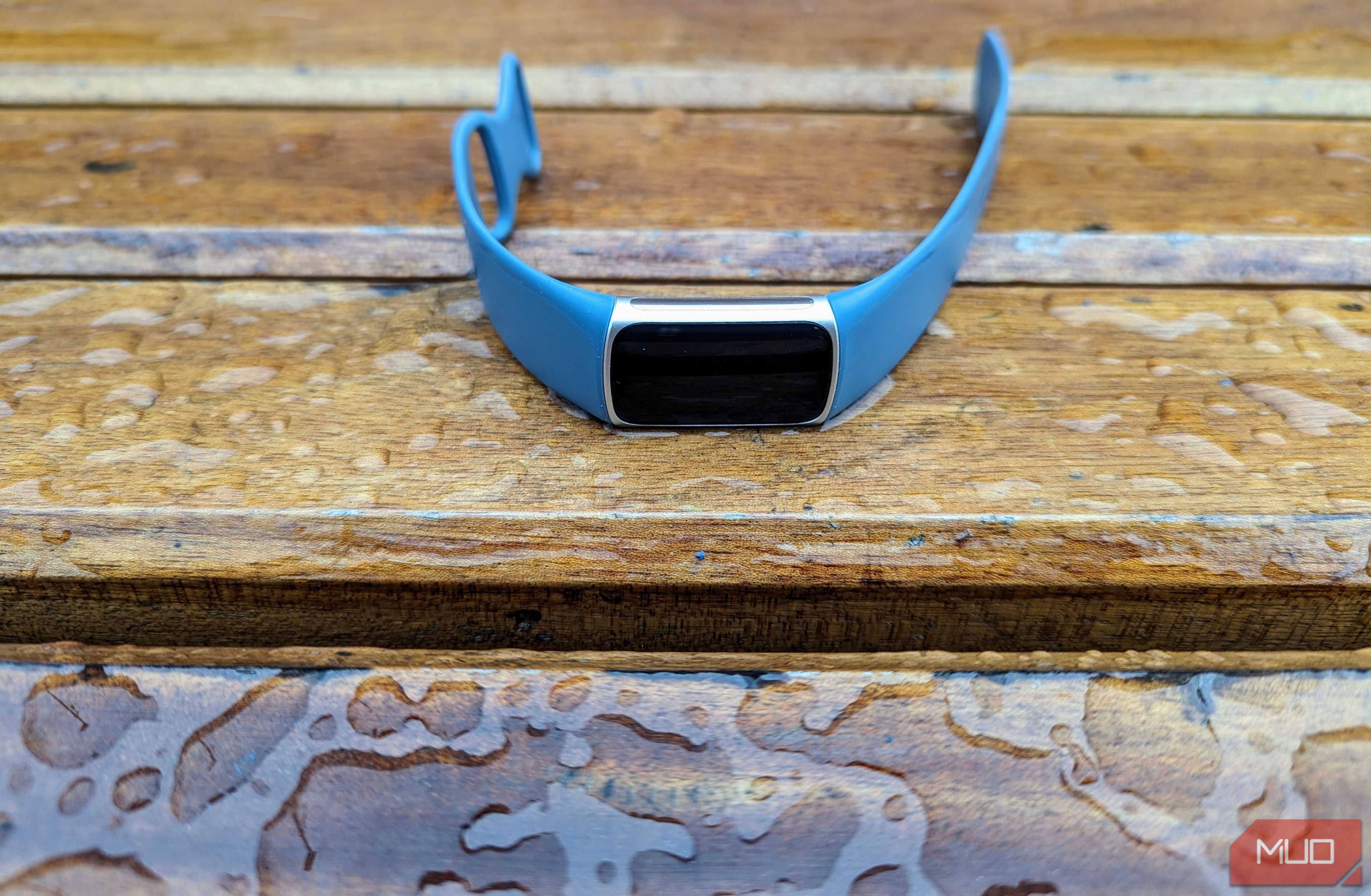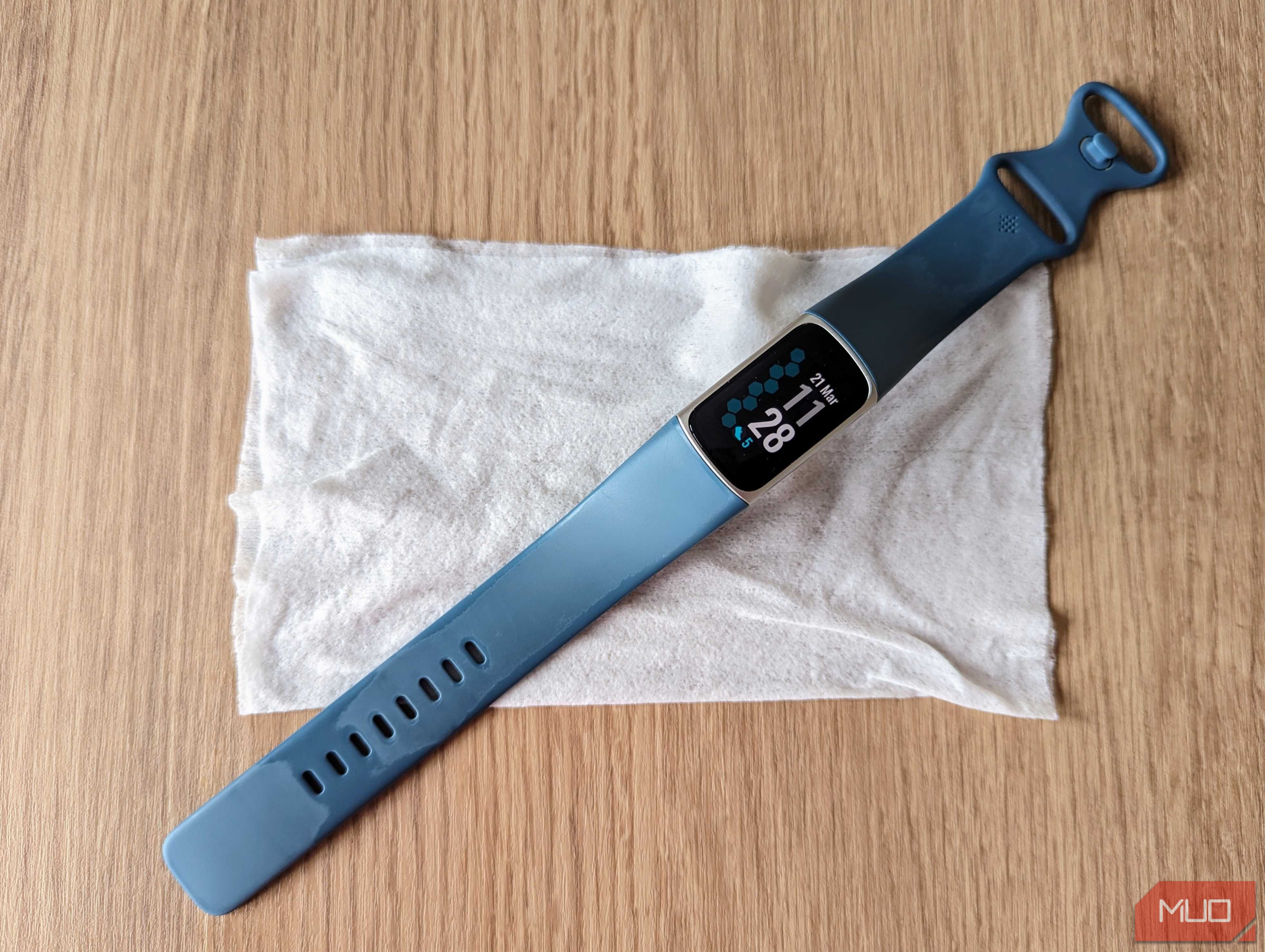Quick Links
Key Takeaways
- Taking care of your Fitbit will allow it to last for years and prevent you from spending money on a new one.
- Practical tips include taking care of the battery, updating the firmware, and cleaning it regularly.
- You should also avoid high-impact sports, extreme weather conditions, and contact with liquids.
Unlike many pieces of technology, fitness trackers such as the ones from Fitbit are often built to be durable. However, you still have to make a conscious effort to keep them pristine. Here are some ways to make your Fitbit last longer.
1. Take Good Care of Your Fitbit's Battery
Like other electronics that use Lithium-ion batteries, your Fitbit's battery will naturally degrade over time due to wear and tear. For this reason, the battery is often one of the first things to break, so you need to keep your Fitbit's battery healthy.
Although many modern electronics have mechanisms for preventing overcharging, it's still better to be safe than sorry. We don't recommend charging your Fitbit every night; only do so when its battery gets low.
Also, avoid leaving your Fitbit with an empty battery for long periods. When left with a drained battery for long periods, your Fitbit may be unable to retain charges when you attempt to use it again. Thankfully, Fitbit does allow you to change your battery (for an additional fee).
2. Regularly Update Your Fitbit's Firmware
While Fitbit devices come with pre-installed software, the devices must be updated regularly to keep them running up to standard. In some cases, firmware updates address battery performance, bugs, and even Fitbit syncing issues.
According to the Fitbit Help Center, updates are released in phases. If an update is available, but you can't see it, it's best to check again a few days later.
Alternatively, you can open the Fitbit app and tap the Devices icon in the top-left corner. Then click on the device you want to update. If a newer firmware version is available, you can tap the Update button to install it.
When doing a firmware update, keep the Fitbit app open on your linked mobile phone. It's also essential to keep your Fitbit close to your phone. Unfortunately, that means your Fitbit may not be able to count your steps accurately during this time.
Depending on how recent your last update was, firmware updates can take up to an hour or more to complete.
3. Avoid High-Impact Sports While Wearing Your Fitbit
Despite being made for sports, Fitbit devices are not without their limits. For example, many Fitbit models, such as the Charge 5 (as seen in the images throughout this article) and Luxe, have color OLED panels, which are susceptible to scratches or cracks.
Although scratches may not affect how your Fitbit works, they will impact its cosmetic appearance and the visibility of its screen, which could influence its resale value or usability. Cracks may also affect your Fitbit's dust and water resistance, leading to the potential for more serious damage.
4. Avoid Extreme Weather While Wearing Your Fitbit
While they can take a more beating than the average watch, Fitbit models aren't stress-tested for all situations, such as freezing cold temperatures, extreme heat, or extremely wet or dry environments.
You may risk its parts overheating or being damaged from exposure to extreme temperature changes or extremes of dry or wet conditions.
According to Fitbit's product safety information, it's best to avoid bringing your Fitbit into places with extreme conditions, such as hot showers, saunas, ice baths, etc. If you don't really need to track your activity, keeping your Fitbit in a safe place until the temperature is more manageable may be better.
5. Switch Your Fitbit Band Often
Your Fitbit has a main body and a band. In some cases, not taking care of the band can lead to band failures and accidental damage to your Fitbit's display. To prevent this, we recommend always opting for Fitbit's official straps, which are tested for durability and safety.
However, it's important to remember that even Fitbit-manufactured bands made of leather, steel, or woven materials are not designed for intense sports. In fact, these particular band types are only recommended for day-to-day use, as the materials won't hold up well in hot, cold, or wet conditions.
While there are accessory bands from many third-party manufacturers, not all will fit properly. In addition, straps manufactured by third-party brands may contain materials that could affect your skin if you have allergies or other sensitivities.
6. Avoid Exposing Your Fitbit to Liquid
Besides being swim-proof, most Fitbit models are rated for up to 50 meters underwater. At first glance, you may assume your device is more than ready for exposure to liquids because this depth is further than what most recreational divers are allowed or able to dive. However, this isn't always the case.
Water resistance ratings change with time because of natural wear and tear, and Fitbit devices can't be tested in all real-world situations, so it's best to err on the side of caution. Apart from water, Fitbit models are not fully tested with other liquids you might encounter daily.
It's essential to be careful with the various liquids you expose your Fitbit to, such as shampoo, dishwashing liquid, and so on. If you ever submerge your Fitbit under seawater or other types of corrosive liquid, you should do a quick fresh water wash before drying it off.
Lastly, you may want to enable Water Lock on your Fitbit if this feature is available for your particular model.
7. Clean Your Fitbit Regularly (and Thoroughly)
If you often use your Fitbit outdoors, cleaning it regularly can help it last longer. When using Fitbit devices outside, dirt and dust might enter the display's corners and strap.
For large debris, you can use a soft toothbrush to clean it. In addition, it's important to regularly wipe down your device with a microfiber cloth and cleaning solution. To clean the band, Fitbit recommends using only fresh water and soap-free cleansers.
In addition, avoid using anything metal to clean your Fitbit because this can damage the display and increase the chances of corrosion.
While no Fitbit device will last forever, there are plenty of things you can do to make your Fitbit last longer. By following these tips, you can prolong the life of your Fitbit and avoid spending money on a new one.

